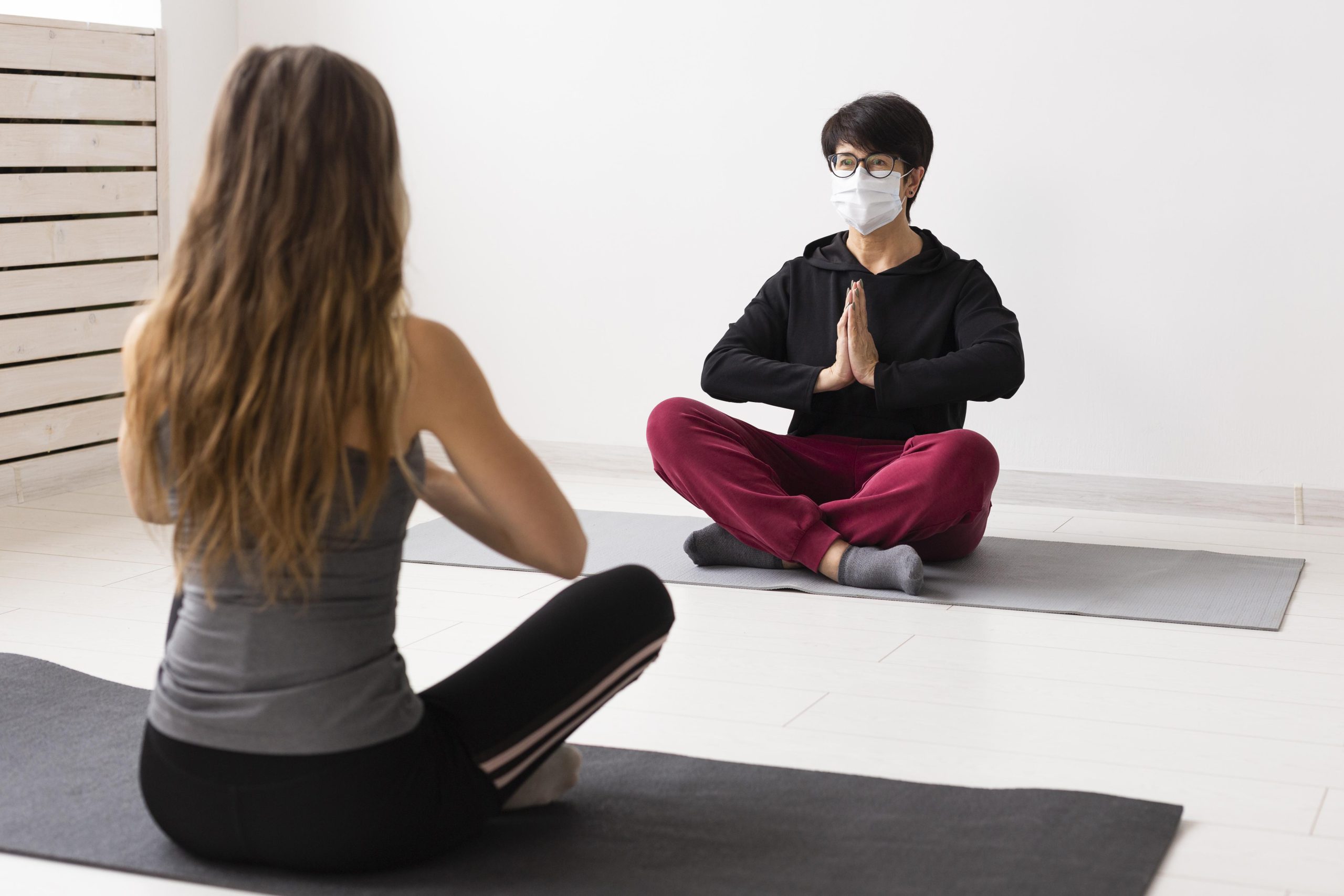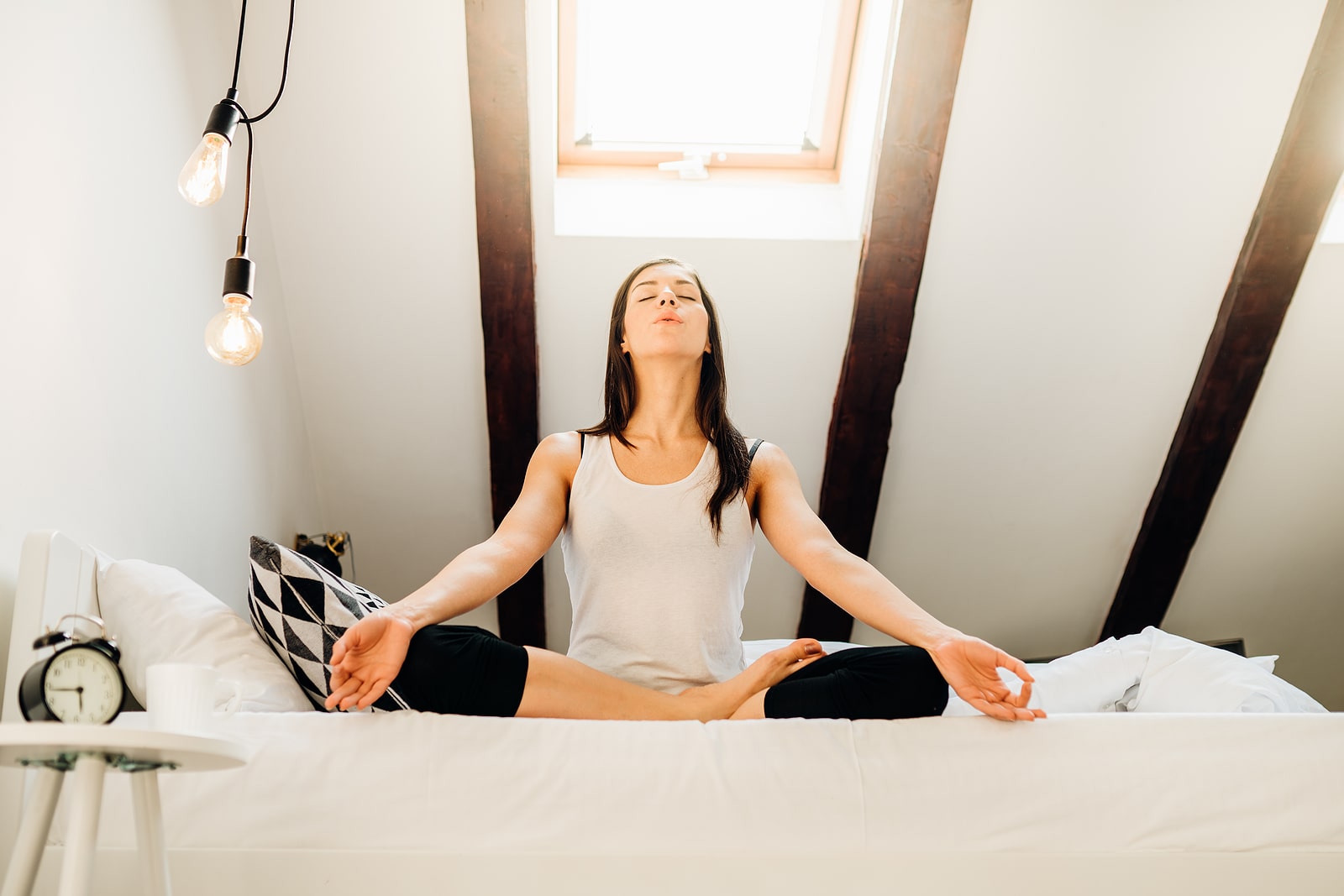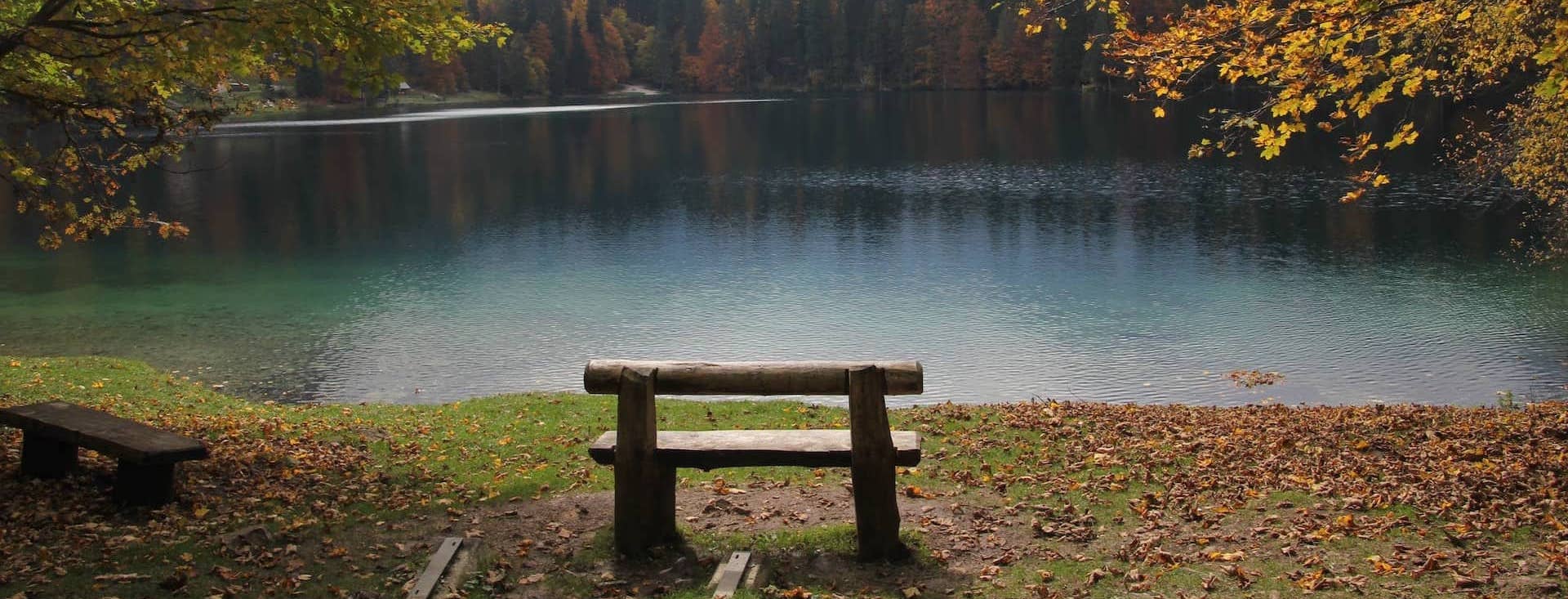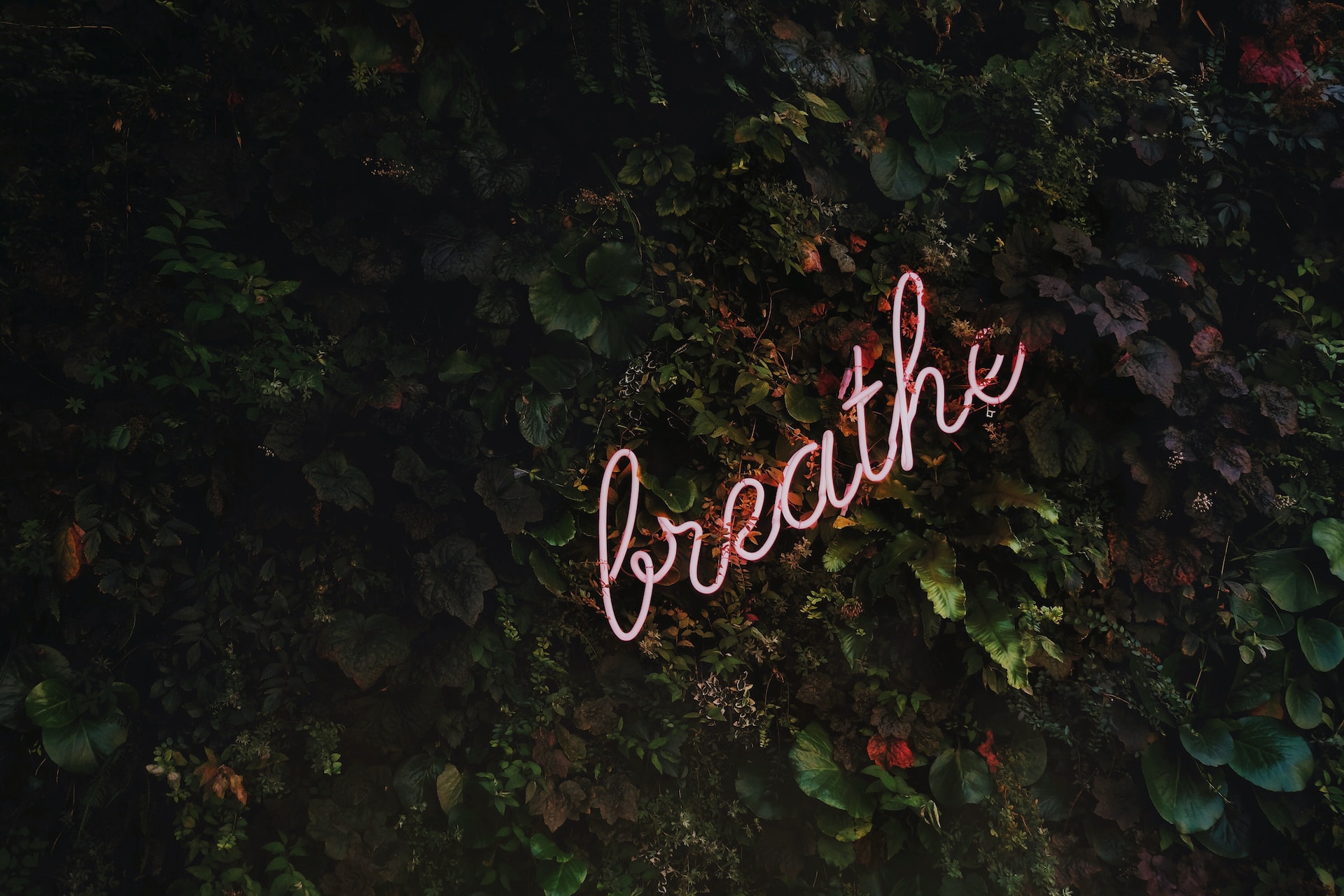
If you’ve ever had anxiety hit you out of nowhere, the tight chest, buzzing head, and that weird “something’s wrong” feeling you can’t name, you probably already know one thing: your body reacts way faster than your thoughts can keep up. And honestly, that’s the annoying part. Anxiety doesn’t knock first. It just barges in, kicks off its shoes, and makes a mess of your whole system.
But here’s the surprising thing: a lot of us figure out later than we should that deep breathing exercises for anxiety can calm that chaos way quicker than you’d expect.
Not in some magical, unicorn-sparkle kind of way. More like… giving your nervous system a hard reset. A simple switch. Something your body understands even when your mind is running laps.
And yeah, it sounds too basic, like “Just breathe” belongs on some overpriced mug. But the timing of it? The speed? That part is real.
Let’s break it down in simple, human terms. No fancy jargon. No weird spiritual fluff unless you’re into that. Just what actually happens and how fast it kicks in.
Your Body Freaks Out Fast. Breathing Calms It Faster.
When anxiety flares, your breathing usually goes shallow before you even notice. Quick, tiny chest breaths. It’s your fight-or-flight reflex, doing its thing even though you’re not wrestling a bear.
Deep breathing flips that reflex off.
Most people start feeling the shift in about 30 to 90 seconds. That’s quick.
Not total calm, but noticeable, like you just turned the volume down on your panic.
Why so fast?
Because breathing is one of the few things where your body immediately responds, you don’t need motivation. You don’t need a pep talk. You don’t need to “think positive.” You just take a slower breath, and your nervous system says, “Oh, okay, maybe we’re not dying.”
If only more things in life were that straightforward.
What Happens Inside the Body When You Slow Your Breathing
You don’t have to be a science nerd for this to make sense. Here’s the simple version:
- Your heart rate starts dropping when your exhale gets longer.
- Your muscles loosen because the brain stops firing danger signals.
- The “calm down” branch of your nervous system switches back on.
- Your thoughts stop racing quite so violently.
Deep breathing is basically your body’s built-in stop button.
You just have to remember to hit it.
And honestly, half the battle is remembering.
The Trick: You Need to Breathe “Right” for It to Work This Fast
A lot of us think we’re breathing deeply when we’re… really not.
Chest breathing doesn’t do much. It just moves air around and looks dramatic.
The stuff that actually helps anxiety fast is slow belly breathing, where the stomach rises, not the chest. Add a longer exhale, and that’s where the magic happens.
Here’s the easiest breathing technique for anxiety relief (kind of kills two birds with one breath):
The 4-6 Method
- Breathe in for 4 seconds.
- Breathe out for 6 seconds.
- Repeat for 6–10 rounds.
Longer exhale tells your body: Stop panicking. We’re safe. Chill.
People use this before bed, before presentations, during panic attacks, in traffic when they’d rather not scream at strangers… all sorts of real-life situations.

How Fast Does Calm Actually Kick In?
Here’s the real answer that no one prints on wellness posters:
- First wave of relief: 30–90 seconds
That’s when your heart rate starts to drop. - Clearer head: 2–3 minutes
Your thinking gets less foggy, and you stop catastrophizing every scenario on planet Earth. - Steady calm: 5 minutes
Your muscles loosen, your breathing resets, and the panic spike settles down. - Deep calm (the body is fully “offline” from stress): 10 minutes
This is more like a full reboot, the kind that helps with stubborn anxiety or long days that pile up on you.
Do you always need 10 minutes? No.
Most people feel noticeably better way earlier.
But here’s the funny thing: once you feel that shift, you usually want to keep going because your body is like, “Finally, some peace.”
Why Deep Breathing Works Fast When Nothing Else Does
If you’ve tried talking yourself out of anxiety, you probably know the mental negotiation never works. Your brain during anxiety is like a toddler with a pair of scissors; nobody’s listening, and something is probably about to get ruined.
But breathing?
Breathing goes straight to the control center. No arguing, no bargaining.
It’s like:
- Anxiety: We’re in danger, everything is bad, heart rate up, panic now, go go go!
- Breathing: Nope. Sit down.
No fight. No debate. Just a hard override.
Deep Breathing Helps Anxiety, But It’s Also Sneaky Good for Sleep
Here’s something most people don’t realize until they try it:
When you slow your breath, especially the exhale, your whole system drops into “rest mode.”
That’s why people who do just three minutes of slow breathing before bed fall asleep faster. The brain goes quiet. The heart stops thumping. The body stops micromanaging imaginary threats.
It’s honestly one of the cheapest and most effective sleep hacks on earth.
Is Deep Breathing a Cure for Anxiety? No. But It’s a Hell of a Tool.
A breathing exercise isn’t going to fix childhood trauma or job stress or a toxic relationship. It won’t magically erase decades of worry patterns.
But it does give you power over the one thing anxiety hijacks first: your body.
When your body calms down, your mind has space to figure out the rest.
And having even a tiny bit of control during an anxiety spike?
That’s a big deal.
Common Mistakes People Make (That Slow Down Results)
People try deep breathing and then say it “didn’t work,” but usually, it’s one of these:
- Breathing too fast.
Slow is literally the point. - Breathing in too deeply.
The inhale shouldn’t feel like you’re inflating a pool toy. - Forgetting the longer exhale.
This is the switch that calms the body. If the exhale is short, the body stays in panic mode. - Doing it once and expecting lifelong peace.
Consistency makes it work faster over time. - Only doing it during anxiety attacks.
Do it before things get intense; your body learns quicker.
Tiny adjustments make a massive difference.
Real Talk: How to Make Deep Breathing Part of Real Life
Life is busy. None of us is sitting cross-legged on beaches with incense at sunrise. So here’s how people actually fit breathing in:
- Before sleep – 2–3 minutes to stop the brain chatter
- In the car – especially before stressful stuff
- At your desk – when emails start sounding hostile
- In the shower – easy, and nobody can judge your weird breathing noises
- During a panic spike – obviously
- First thing in the morning – quick nervous system check-in
It doesn’t need to be fancy.
You don’t need a yoga mat.
You just need lungs. Which you already have. Congrats.
So, How Fast Does Deep Breathing Calm Anxiety?
Faster than most coping tools. Faster than most people expect.
It won’t erase the root problem, but it will interrupt the wave and pull you out before you drown in it.
And honestly, that’s enough to change a whole day.
Ready to Learn Powerful Breathing Techniques That Actually Work?
If you want deeper guidance and real methods that go beyond “take a deep breath,” you’ll want to check out Breath Mastery.
Your breath is the fastest tool you have for calming anxiety.
Might as well master it.
FAQs
1. How quickly can deep breathing reduce anxiety symptoms?
Most people feel the first shift within 30–90 seconds. Full calm usually takes 3–10 minutes, depending on how stressed your body is.
2. Which breathing technique works best during panic attacks?
Any slow breathing with a longer exhale, like the 4-6 method, is ideal. Long exhale = fast calming.
3. Can deep breathing help me sleep faster?
Yes. Breathing techniques for anxiety slow your heart rate and quiet your brain. A few minutes can make falling asleep much easier.
4. Do I need to practice daily for it to work?
Daily practice helps your body enter calm mode faster. But even one round helps during sudden anxiety.
5. What if breathing makes me feel more anxious at first?
Totally normal. Start with smaller, shorter breaths and less pressure. Your body adjusts with practice.







Recent Comments